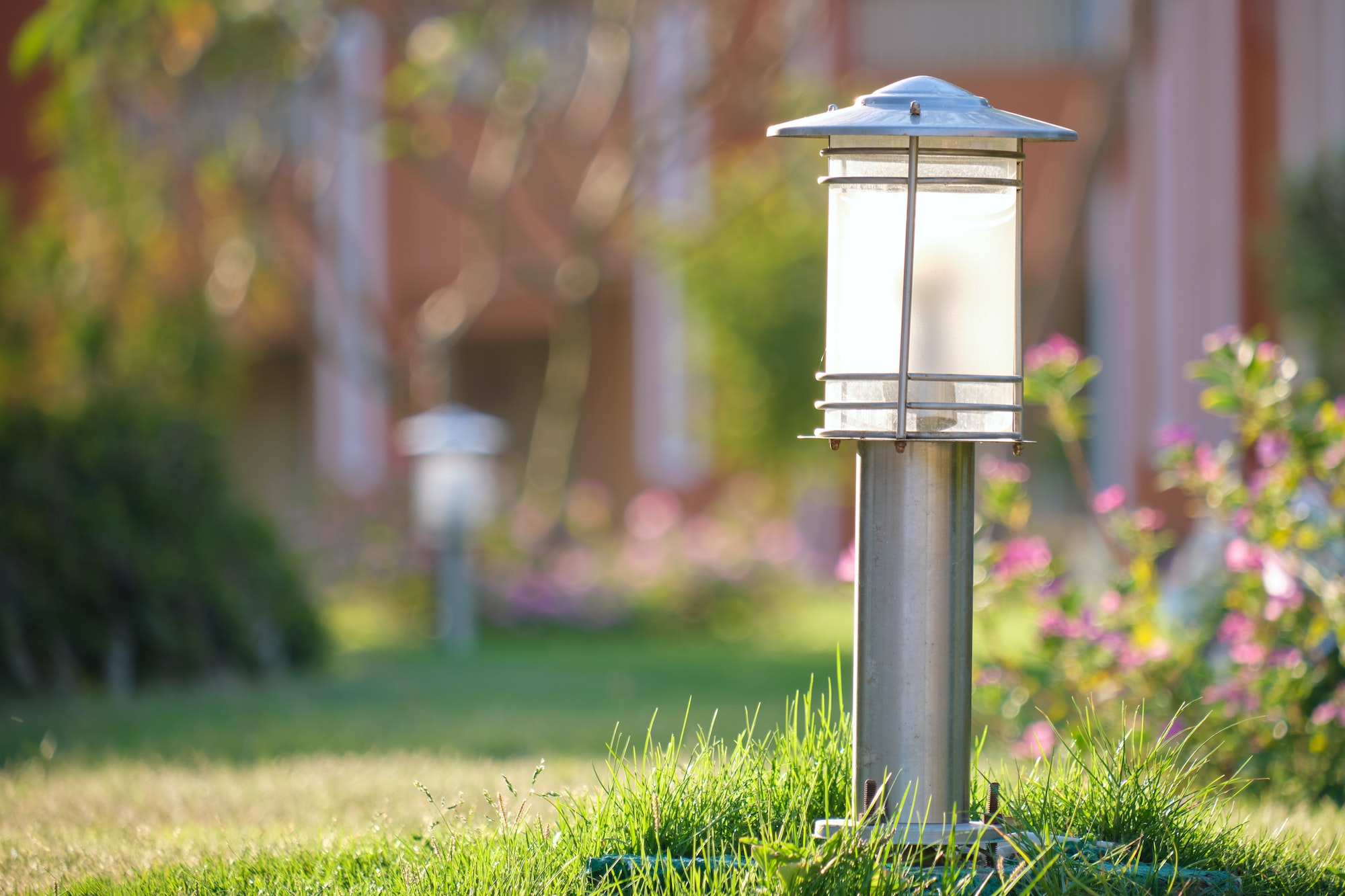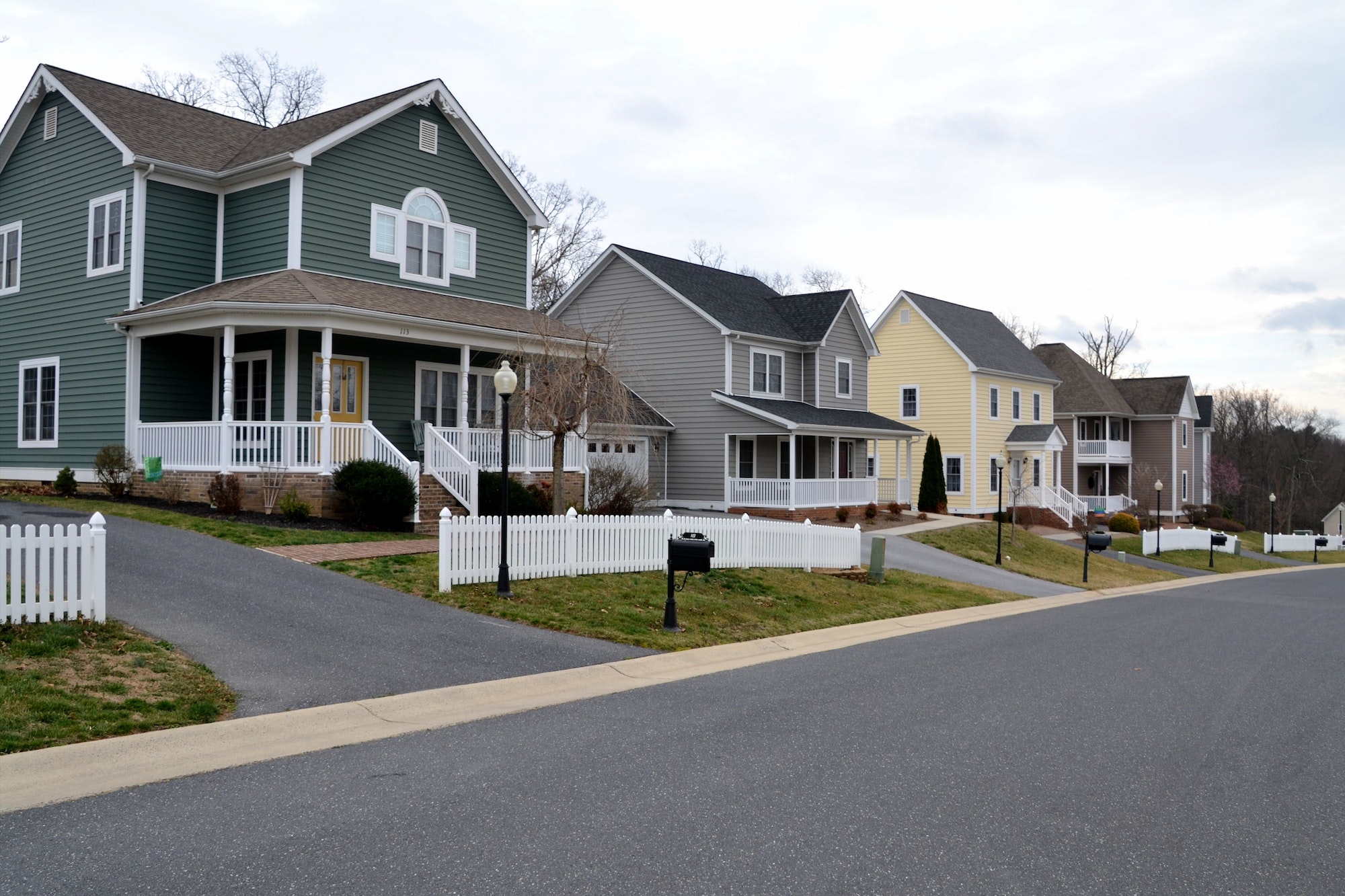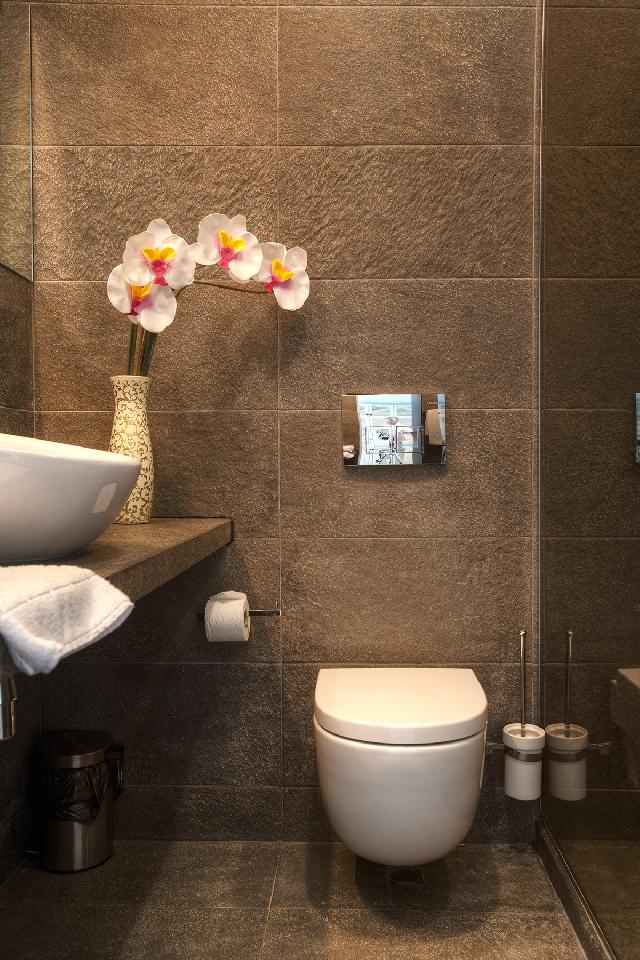Landscape lighting contributes to your home’s overall curb appeal and security. If you want your property to make a good impression, it is best to ensure the proper landscape lighting installation. Aside from its aesthetic aspect, the appropriate illumination of your outdoor area can also deter potential burglary or vandalism attempts.
However, boosting your property by adding landscape lights may require you to be familiar with the basics to ensure that you’re on the right track. Some things you need to be familiar with include the installation, location or placement, types of lights, and how to arrange the lights to achieve the best effect.
You may want to check out reliable providers of landscape lighting in Seattle Washington, to ensure a good start for your landscape lighting project. If you want to gain insight into how to create the ideal outdoor lighting design, watch this video:
Whether you’re going to handle the installation of the outdoor lights in your yard or hire a professional, knowing the basics beforehand has its benefits. Let’s take a look at the basic installation steps first.
Installation Of Outdoor Lights
If you work with low-voltage outdoor lights, it can be a do-it-yourself (DIY) project that most homeowners can tackle. Let’s now take a look at the installation basics.
- After unpacking and assembling your outdoor lights, install the bulbs and attach the mounts.
- Clear the path for the wiring and position the light fixtures based on the areas you want to illuminate.
- Look for a suitable location to mount the low-voltage transformer. When deciding on the location of the lights, make sure it has a foot of clearance in every direction and rests on a surface that can endure the heat it generates.
- Laying out and digging the trenches for the path of the main wire will require legwork. You can use a shovel to create the trench. The depth should be based on the local codes, but low-voltage cables should be buried at least six inches into the ground. After creating the trenches, position the wires and cover them with soil. Leave a minimum of five feet of unburied wire at every end if adjustments are necessary.
- Once everything is in place, start working on the connection. If you find this step challenging, you can hire an electrician to handle the task.
- After all the connections are in place, test the outdoor lights. Once you turn on the transformer, check if all light fixtures are working. There is a tendency for you may miss out on the connections when one isn’t working, so it would be better to trace the wiring.
- If all the lights are working properly, proceed to the adjustment phase. Wait until dark to know the effect that every light fixture creates and check if they point at the right area. Make sure to watch out for glare and adjust the angle.
- Once everything is in good order, you can bury any traces of visible wiring and configure the timer on the transformer.
Types Of Lights
If you check online or at local stores, you might find a vast selection of outdoor lights. In most cases, you may be able to check how a fixture looks once it lights up and the brightness it produces at night. You could also check its wattage. For reference, the ideal watts for outdoor lights start from 80 and lower. It’s also best to go for light-emitting diode (LED) bulbs since they require less energy and low maintenance. The majority are low-voltage lights, but each has its distinct designs.
Here are some of the basic types of outdoor lights you might find suitable for your landscape:
- Path Lights
If you want to illuminate the pathways on your property, path lights may be an ideal choice. These outdoor lights work best for pathways or spaces in your yard that are hard to see, especially at night. Aside from adding ambiance to your yard, they function as a safety feature for your home.
- Well-Lights And Post Lights
Well-lights work similarly to path lights since they’re mainly used to illuminate driveways, walkways, and flowerbeds. Most models are directly installed into the ground, creating an effect that stands out.
You can also accentuate walkways or pathways using post lights like path lights and well-lights. They can add the right amount of illumination so you’ll be able to navigate your yard better.
- Spotlights Or Floodlights
If you want to highlight specific features or elements on your property—such as trees or shrubs—spotlights or floodlights may be a good choice. Although both are similar, they’re different in terms of light distribution. Spotlights are preferred when emphasizing details in your garden or house, while floodlights produce a wider beam to cover a more expansive space. The placement of these lights will vary depending on the elements you want to feature.
- Deck Lights
If you want to create an ideal ambiance and maintain safety simultaneously, deck lights could be an excellent investment. These lights significantly improve safety when moving up and down deck stairs during the evenings. Generally, they’re installed directly into the hardscape or on the deck to accentuate the structural details and provide additional illumination.
Position Or Location Of The Landscape Lighting
Now that you’re familiar with the different types of outdoor lights, knowing the suitable location and position of these lights will help you ensure the best outcome, both for aesthetic and functional purposes.
A common mistake homeowners may make is flooding the entire outdoor space with lights. Doing so can be costly, washes out the space, and could be highly distracting. If you want satisfactory results, strategically illuminating specific features or elements such as trees, walls, or shrubs may be a good decision. These outdoor lights also have a functional role since it ensures easy navigation for your outdoor space and presents a welcoming ambiance to guests.
Here are some of the locations where outdoor lighting may work best.
- Patio And Deck
Adding lights on your patio could work best if you love entertaining your guest in an inviting ambiance. With the right arrangement, you will be able to entertain guests outside your house in the evening or during barbecue nights. Illuminating the decks and steps is also a functional approach to make it easier to move around your home. Proper placement can help define the outdoor entertainment area and make the space welcoming.
- Pathways Or Walkways
In most outdoor lighting arrangements, illuminating the pathways or walkways on your property may be the best way to make navigation easier for you and your guests, especially if you have an expansive yard or have slopes or stairs. Path lighting is typically spaced out to showcase the entire pathway while simultaneously creating a warm atmosphere around your home.
- Garden And Yard
If you want to showcase your garden, the proper arrangement of lights will create an outstanding ambiance while ensuring the best view of your plants. If there’s adequate illumination in your garden, it could invite your guest to appreciate your yard as they will have a better view of your space. The proper arrangement of the lights will feature your home’s landscaping and boost the overall curb appeal.
- Hardscape And Water Elements
The hardscape elements in your outdoor space typically include rocks, retaining walls, and sculptures, to name a few. You can emphasize these elements with the right lighting. It could be an excellent way to add dimension while highlighting the natural contours of your space. With the proper lighting arrangement, a water feature like a fountain or a small pond in your home could stand out. When you emphasize your yard’s pond or other hardscape elements, the landscape gains a sense of drama.
Outdoor Lighting Strategies
If you want to ensure that the landscape lights on your property deliver the best results, you should also know about the best practices when arranging or designing the lights. Today, you can choose from various lighting strategies to showcase areas or elements on your property in the best way possible. Remember that the effects of the landscape lighting design you’ll choose can produce the right ambiance or mood on your property.
Here are some lighting strategies to keep in mind when planning an overhaul of your landscaping.
- Highlighting
In most homes nowadays, you’re likely to see this lighting strategy. The main goal of highlighting is to draw attention to a particular element’s form, color, or shape in your yard. It involves strategically positioning spotlights or floodlights at the foot or base of the element you want to become the focal point. You can often change the angle and distance of a light’s beam until it has the desired impact on the plant, hardscape, or other distinctive parts of your yard.
- Uplighting And Downlighting
Both uplighting and downlighting can add appeal to your outdoor space. In uplighting, it can produce luminescence at varying angles. It works well by adding a dramatic touch to statues or trees by showing their forms from below. You can achieve this effect by positioning well-lights or spotlights near the base of an object.
Downlighting is recommended for accentuating garden elements or flower beds from the top, strikingly mimicking how natural light flows. An advantage of this lighting is keeping your garden safe while creating a warm atmosphere. You can achieve this effect by affixing lights on a hardscape or in a tall eave or trellis.
- Accenting
Accentuating is a different type of lighting strategy you can use to make your yard more striking. It works by highlighting specific elements in your outdoor space, such as a shrub, tree, and statue. You can achieve this effect by focusing on a narrow spotlight, either up or down, on an element from a concealed position.
- Silhouetting
If you want a more dramatic effect on your yard, you might want to try the silhouetting effect. You can achieve this effect by positioning well-lights or spotlights behind a shrub or object. It’s the ideal way to highlight dramatic contours that aren’t prominent during the day. Remember that the light source is hidden and creates a silhouette as it shines toward the path or yard.
Final Thoughts
The correct installation and placement of landscape lighting will significantly impact your property’s overall curb appeal. Understanding the fundamentals of installation, outdoor light types, purpose, and lighting strategies will help you improve your outdoor space and enhance its aesthetics and functionality. Making the most out of the outdoor elements in your yard—like trees, water features, shrubs, or hardscape—using landscape lights will make your home safe and inviting at the same time.
Discover more from Futurist Architecture
Subscribe to get the latest posts sent to your email.




